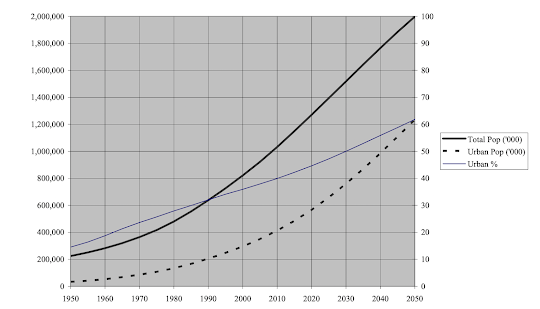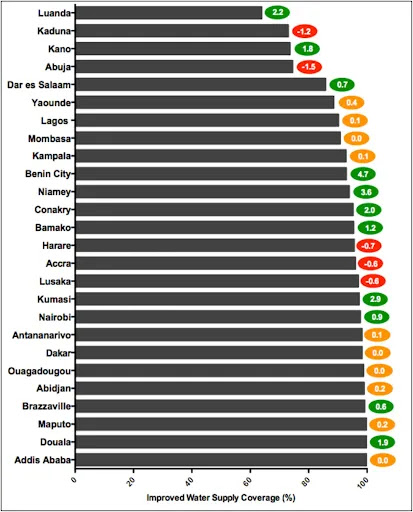A Sanitation Goodbye

I'd like to say a huge thank you for keeping up with me throughout my exploration of the theme Water and Sanitation. Grab a coffee and sit down to enjoy the last portion of my blog. Firstly, i'd like to start of with saying that i've thoroughly enjoyed writing this blog. Although at times I find myself not being able to put the ideas in my head into writing and support this with evidence, I have found that it is part of the process of blog writing and therefore writing these blog posts has been an enriching experience for me. Now I would like to summarise the importance of my blog posts for the theme of Water and Sanitation (and my thought process when writing these posts): First, we saw a worldwide view of the share of deaths from unsafe water sources and found that most deaths resonated in Africa. This led to my exploration of the case of Kampala and the sanitation issues present through understanding pit latrines. I began to wonder reasons as to why Africa was behind on...

